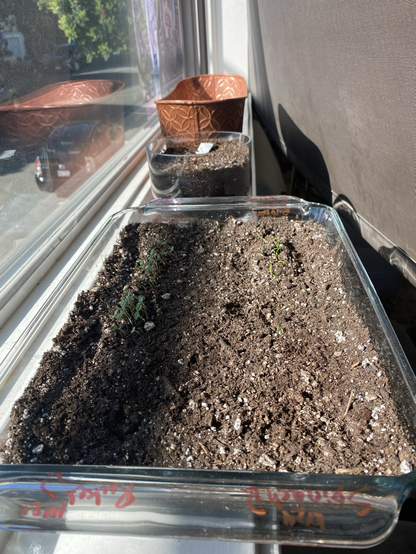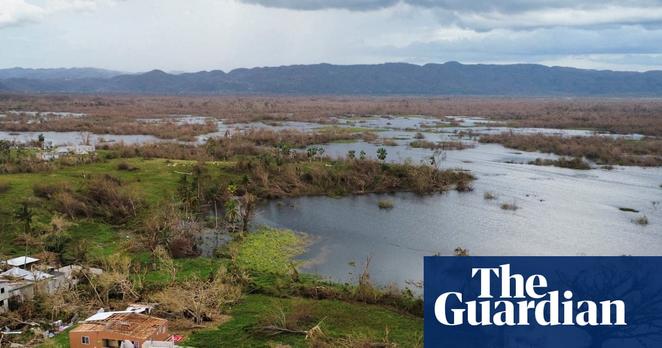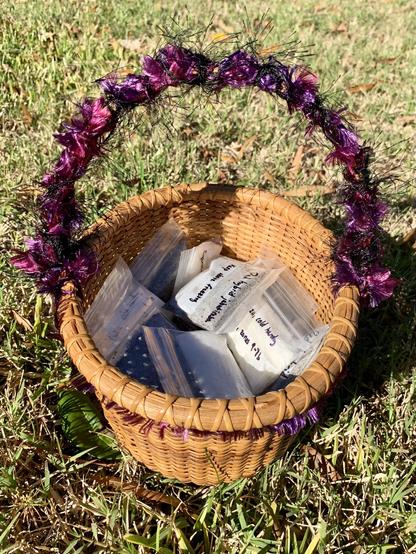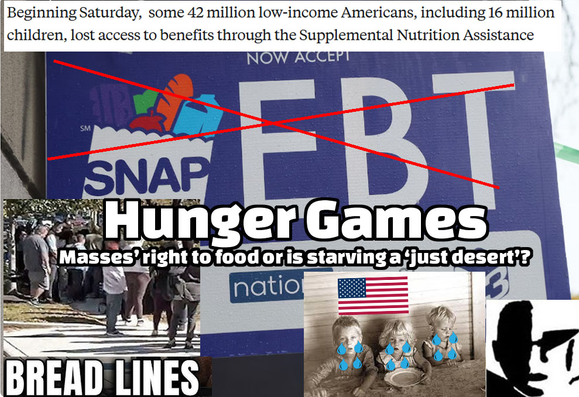Disabled SSDI recipient trying to cover a $740 gap for rent & food this month after a benefits delay. Anything helps. CashApp $yelisolis | PayPal paypal.me/yelinasolis 💜 Boosts appreciated.
#MutualAid #MutualAidRequest #Disabled #RentHelp #FoodSecurity #CommunitySupport #SolidarityNotCharity
@mutualaid @CripFund@disabled.social @MutualAidHub@kolektiva.social @disabled@disabled.social @help@kind.social







